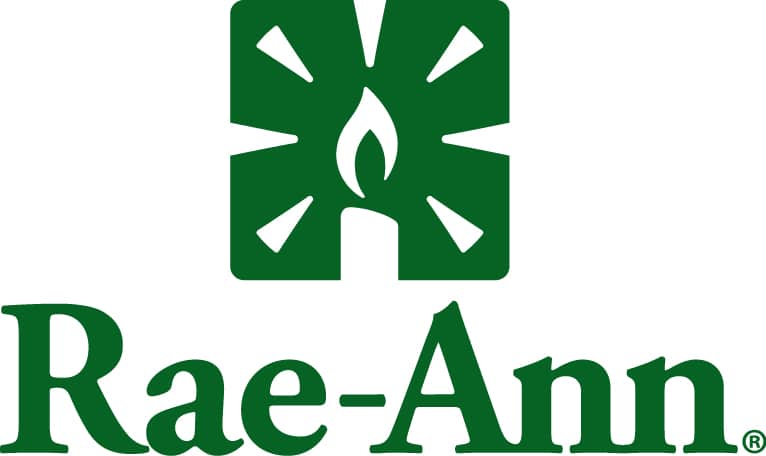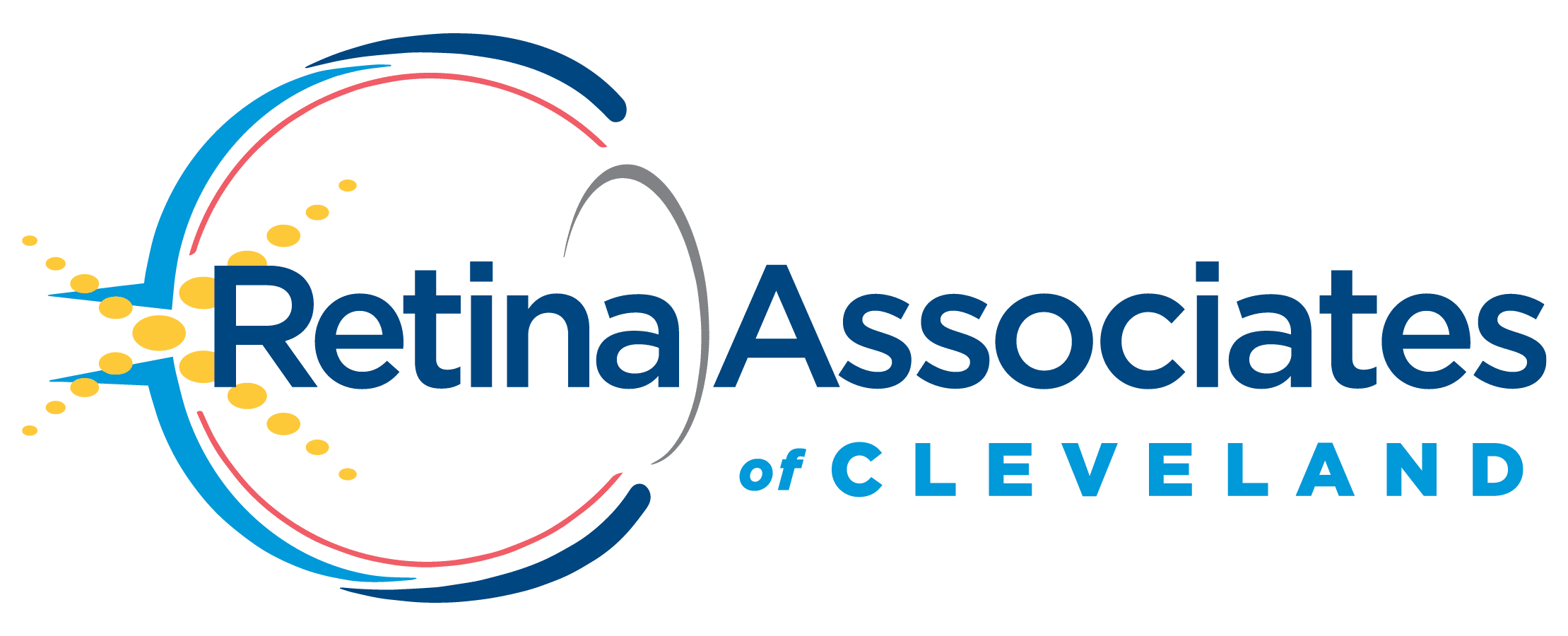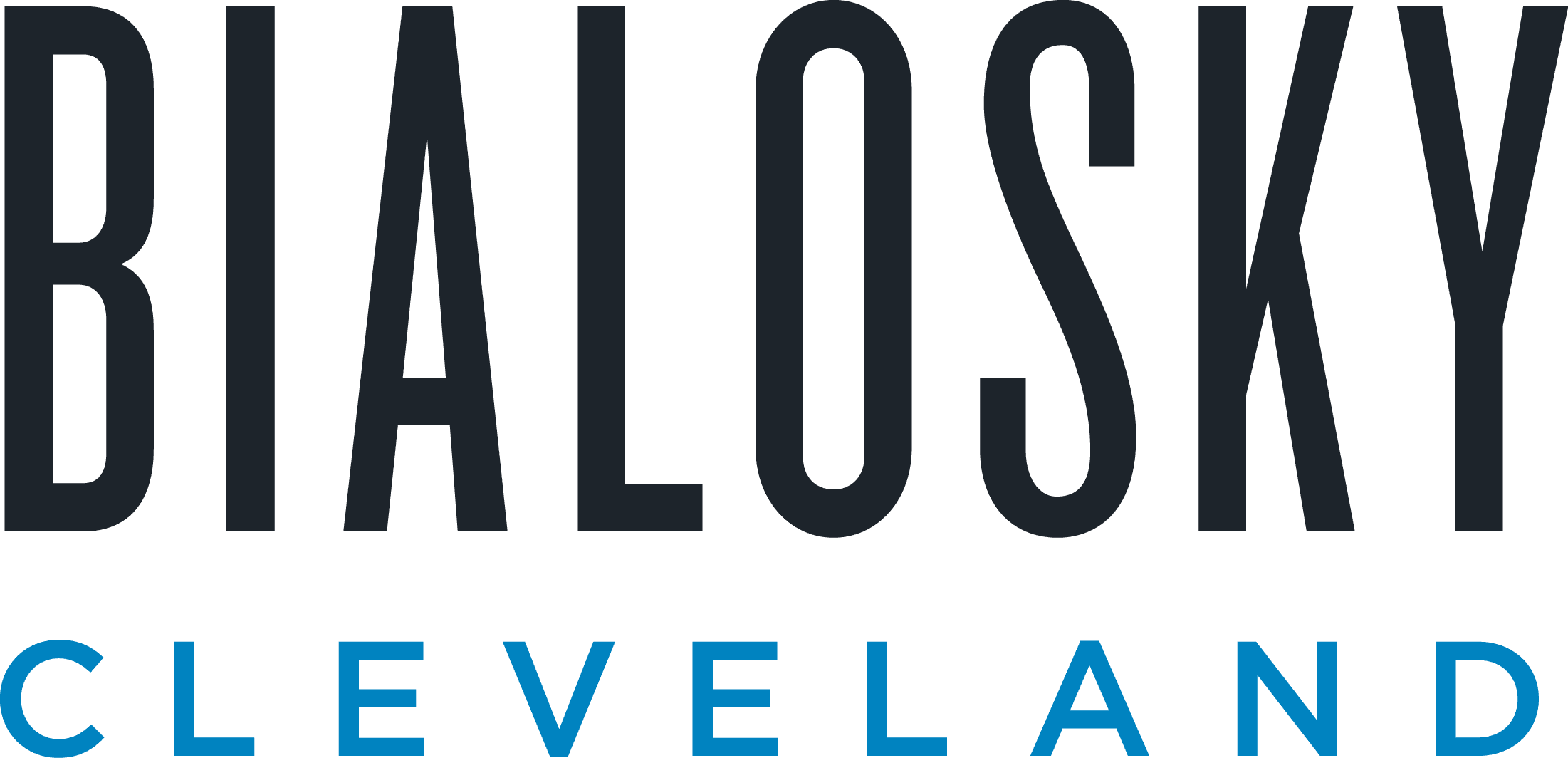Ohio non-profit organizations – like those across the country – were hit hard by the COVID-19 pandemic and will likely take a significant amount of time to recover.
A survey of more than 7,500 non-profits conducted twice in 2020 – the first time in May and again in August – showed that most Buckeye State organizations have continued operations throughout the pandemic despite significant revenue declines and cuts in programs and services, according to the survey report. The survey was sponsored by Philanthropy Ohio, The Ohio State University, the Ohio Attorney General’s Office, and the Ohio Association of Nonprofit Associations.
Key Findings
Among the more significant findings of the report:
- More than half of Ohio non-profits that responded to both parts of the survey said program and service delivery they had reduced or suspended in the spring had been at least partially restored by August. Service delivery often was different when it was restored, and many organizations implemented new services to respond to community needs by August. While many organizations in April expressed concern that they would have to shut down programs permanently, those concerns were alleviated by August.
- Complete suspension of services was found most often in smaller organizations with less than $50,000 in revenue.
- Some organizations that have added new programs and services expect to continue them permanently when the pandemic is past, and to revive other programs and services that were suspended. This means Ohioans may have a wealth of new services available after the pandemic, but funding them through donations, corporate giving, program fees, and grants may be a challenge for the non-profits.
- Non-profits responded to income reductions by cutting expenses and laying off or furloughing employees. Some 14% of respondents had imposed layoffs, which fell hardest on part-time workers.
- Nearly one-quarter of nonprofits applied for Paycheck Protection Program (PPP) loans, and nearly all received them, with the average loan amount of $280,000.
- The most significant impact on revenue for many non-profits was reflected in the sources of income. Individual donations were hardest hit, with 50% of respondents reporting a reduction, and 9% reported that donors had retracted contributions that had been previously pledged. Corporate giving and earned income (i.e., program fees) were the second most impacted sources of revenue. The sources of income least impacted were government grants and contracts.
Needs of the Non-profit Sector
Moving forward, non-profit respondents reported their most significant needs in the coming months are:
- Re-evaluating fundraising strategies (27%)
- Volunteer recruitment and management (14.5%)
- Technological support, i.e., moving programs online (12.8%)
- Sharing real-time data with funders, government leaders and corporate leaders (11.7%)
- Guidance for boards of directors (10.2%)
- Financial scenario planning (7.9%)
If you would like more information about how your non-profit can meet the challenges posed by the continuing COVID-19 crisis, contact your Barnes Wendling advisor.
Related Insights
Featured Post

Featured Client Testimonials
BW is a true partner to us. Their knowledge, expertise, and service are a valuable resource to us and play an important role in our success!
John Allen - Vice President of Finance, Kaufman Container

Featured Client Testimonials
I appreciate the exceptional tax advice we received over the years. The (BW team) has a good grasp of our business needs. Thank you for your excellent service.
John Griffiths - Owner, Rae Ann, Inc.

Featured Client Testimonials
Barnes Wendling has been our company accountants for over seven years. Their knowledge has been instrumental in helping us grow strategically during this time. And although we’ve seen many changes in our economy that we cannot control, we’ve always been able to trust the Barnes team to be by our side. The Barnes team feels like family. We can’t thank them enough for their support!
Christine Kloss - Controller, AT&F

Featured Client Testimonials
Barnes Wendling has been our company accountants for over 15 years. During this time, the business has grown exceptionally, and Barnes has kept pace, providing accurate, quality advice. Our finances are more efficient than ever, and the expense of hiring Barnes has been a definite positive add to our bottom line. I give my highest recommendation to their firm.
David Miller, MD - President, Retina Associates of Cleveland

Featured Client Testimonials
Barnes Wendling has provided us guidance and recommendations that have strategically helped strengthen our business and position ourselves for growth. We needed to hire a new VP of Finance and Controller this past year, and they were instrumental in helping us find the best candidates for our company.
Sara Blankenship - President, Kaufman Container

Featured Client Testimonials
We value the trust, accuracy of information, and reliability of Barnes Wendling and Mike Essenmacher personally. Mike has been instrumental as a trusted advisor on accounting, tax, and personnel issues. His advice is always accurate, and he is very reliable. His associates are also very talented.
Dominic Ozanne - President and CEO, Ozanne Construction Company

Featured Client Testimonials
We value Barnes Wendling’s expertise with all things accounting so we can operate our business using our strengths and allowing them to be our experts. They have also brought me a few business sale opportunities to allow me to grow my assets.
John Gaydosh - President and Metallurgical Engineer, Ohio Metallurgical Service

Featured Client Testimonials
Barnes Wendling (especially Lena) did a great job with our financials. Everything. It is extremely refreshing and comforting to know that all of our numbers are not only correct, but they are in the right place(s). Your diligence and reporting truly does make me (personally) feel better.
Thomas Adomaitis - Controller, Bialosky Cleveland

Featured Client Testimonials
I can wholeheartedly tell you that I have yet to work with an audit or tax team that have been more helpful, easy to work with, and committed than the team at Barnes Wendling- I have been through three different firms in the last few years.
Michelle Saylor, Former Controller, Aero Mag

Featured Client Testimonials
Floyd Trouten at Barnes Wendling CPAs is an “expert’s expert” when it comes to M & A accounting. Not only does he understand the evolving details of the Tax Code but he also sees the fine points of their application for owners, managers, investors, and financiers.
Mark A. Filippell, Western Reserve Partners

Featured Client Testimonials
The service is amazing at Barnes Wendling CPAs. The benefit is worth more than the cost. Sometimes it’s true that you get what you pay for.
Mark Boucher - Former Owner, Castle Heating & Air





